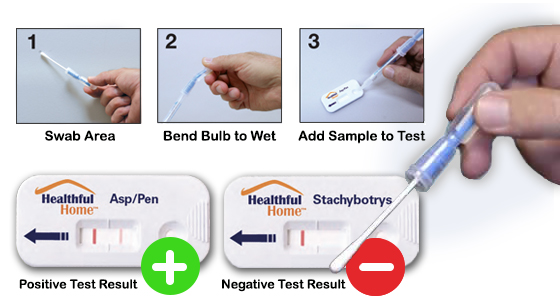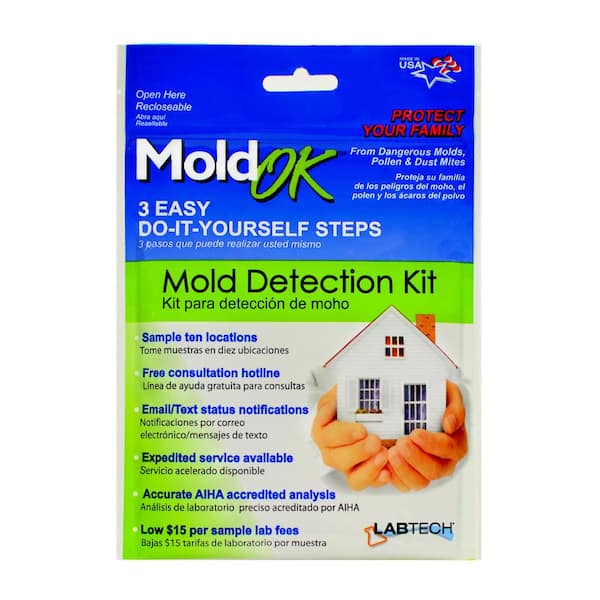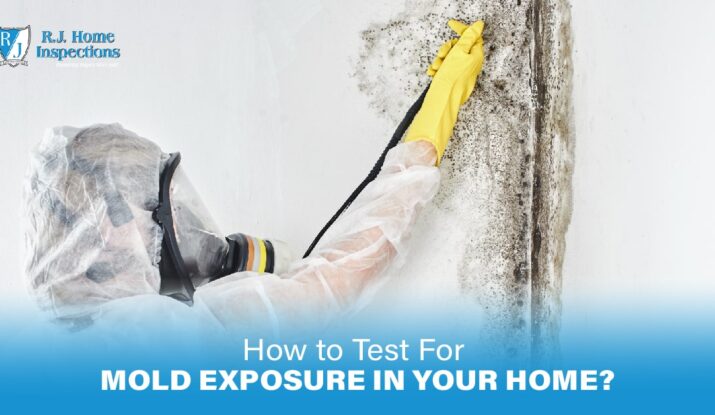The Function of Mycotoxin testing Services in Food and Feed Security
The Function of Mycotoxin testing Services in Food and Feed Security
Blog Article
Why Mycotoxin Testing Solutions Are Necessary for Protecting Public Health And Wellness
The significance of mycotoxin screening solutions in guarding public health can not be overemphasized. Mycotoxins, hazardous substances generated by fungis, present significant health dangers such as liver damages and cancer cells when present in food and feed. By determining and reducing these dangers via regular testing, we can prevent infected items from reaching customers. This not just makes sure compliance with rigorous regulatory criteria yet also boosts consumer confidence and maintains the stability of the farming field. Recognizing the mechanisms and advantages of these screening services opens up an essential discussion concerning their function in public health protection.
Comprehending Mycotoxins
Recognizing mycotoxins is vital for making certain food security and safeguarding public wellness. Mycotoxins are hazardous substances produced by certain kinds of fungis, generally located in food and feed plants.
The visibility of mycotoxins in foods items can compromise their safety and security and high quality. They are immune to standard food processing strategies, consequently continuing the food supply chain and posing possible risks. Governing bodies worldwide, such as the Food and Agriculture Organization (FAO) and the Globe Wellness Organization (WHO), have actually set rigorous restrictions on acceptable levels of mycotoxins in food items to reduce their negative impacts.
Effective mycotoxin management entails detailed tracking and testing to detect and measure their degrees in farming items. This positive approach assists in determining contaminated batches early, thereby stopping their introduction into the marketplace. Carrying out stringent mycotoxin controls is necessary for keeping food security criteria and guarding consumer health and wellness.
Health And Wellness Risks of Mycotoxins

Direct exposure to mycotoxins poses considerable wellness risks to both people and animals, demanding vigilant monitoring and control measures. These poisonous second metabolites, created by certain fungis, can infect food and feed, leading to acute and chronic health issues. In humans, mycotoxins such as fumonisins, ochratoxins, and aflatoxins can create a series of damaging effects, including liver damages, kidney poisoning, immune reductions, and also carcinogenic effects. Aflatoxins have been identified as Group 1 health hazards by the International Agency for Research Study on Cancer Cells (IARC), suggesting a proven web link to liver cancer cells.

Given these serious health repercussions, it is essential to apply robust mycotoxin screening protocols. Precise discovery and quantification of mycotoxins in food and feed are important to minimize health and wellness threats and guarantee animal and public safety.
Usual Sources of Contamination

In addition to cereals, nuts such as almonds, pistachios, and peanuts are highly vulnerable to mycotoxin contamination. Aflatoxins, a potent type of mycotoxin, are frequently found in these nuts, especially when storage space problems are suboptimal. Dried out fruits, including figs, apricots, and raisins, also existing abundant grounds for fungal development as a result of their high sugar material and moisture-retaining buildings.
Moreover, contamination is not limited to raw farming products. Refined foods, animal feeds, and dairy items can likewise have mycotoxins if the preliminary ingredients were infected. This prolongs the threat of exposure throughout the food supply chain, demanding strict surveillance and control measures.
Understanding the typical pop over here resources of mycotoxin contamination is vital for carrying out reliable preventative strategies. Reducing these risks at the source can substantially lower the occurrence of mycotoxin-related health and wellness issues, protecting public health and wellness.
Checking Methods and approaches
Reliable mycotoxin monitoring rests on the accuracy and dependability of testing techniques and procedures. Advanced analytical techniques are employed to spot and measure mycotoxins in various substrates, guaranteeing public health safety. High-Performance Fluid Chromatography (HPLC) paired with mass spectrometry (MS) is a gold criterion in mycotoxin screening, providing high sensitivity and specificity. This method permits the exact discovery of several mycotoxins in complicated matrices, such as food and feed products.
One more commonly used technique is Enzyme-Linked Immunosorbent Assay (ELISA), which supplies rapid screening and is cost-efficient for big sample volumes - Mycotoxin testing Services. ELISA packages are useful because of their simplicity of use and quick turnaround time, making them suitable for on-site screening
Tasting procedures are just as critical. Correct tasting ensures that the accumulated specimens are depictive of the whole batch, therefore lessening the risk of incorrect negatives or positives. Adherence to established guidelines, such as those supplied by the International Company for Standardization (ISO) and the European Committee for Standardization (CEN), is important for keeping consistency and integrity across testing techniques.
Rigorous validation of these methods and protocols is essential. It guarantees reproducibility and precision, consequently fortifying the stability of mycotoxin management systems.

Benefits of Routine Testing
In the world of food security and farming top quality control, the advantages of normal mycotoxin screening can not be overstated. Constant screening makes certain that farming products fulfill safety criteria, thus safeguarding customers from the dangerous effects of mycotoxins, that include liver damage, immune reductions, and also cancer cells. By recognizing polluted sets early, regular screening permits timely treatment, avoiding such items from entering the food web.
Moreover, routine mycotoxin screening is critical for keeping the integrity and reputation of food producers and distributors. Business that devote to regular testing show their commitment to public health and food security, thus obtaining consumer depend on and loyalty. This aggressive method can likewise mitigate monetary losses related to product remembers, legal responsibilities, and potential trade constraints.
Furthermore, governing compliance is a substantial element of the read this article farming market. Normal mycotoxin testing makes More about the author sure adherence to nationwide and worldwide guidelines, assisting in smooth profession operations and market gain access to. This is especially vital for merchants who need to meet strict safety and security standards enforced by importing nations. Ultimately, regular mycotoxin screening not just safeguards public wellness yet likewise strengthens the financial security and worldwide competition of the agricultural industry.
Final Thought
Mycotoxin testing solutions play a vital duty in public health defense by recognizing and mitigating the threats posed by poisonous fungal compounds in food and feed. By finding contamination early, these services stop severe wellness issues such as liver damage and cancer, guaranteeing conformity with regulative criteria. Routine screening improves consumer count on, sustains the stability of the farming industry, and inevitably contributes to the protecting of food safety and security and public health and wellness.
The value of mycotoxin testing solutions in protecting public wellness can not be overstated.Comprehending mycotoxins is important for ensuring food security and shielding public health. Mycotoxin testing Services. Governing bodies worldwide, such as the Food and Agriculture Organization (FAO) and the Globe Health And Wellness Organization (WHO), have actually set rigid limits on appropriate degrees of mycotoxins in food products to alleviate their adverse results
Ultimately, routine mycotoxin screening not just protects public health and wellness yet also fortifies the financial security and global competition of the farming sector.
Mycotoxin testing solutions play an important duty in public wellness protection by determining and minimizing the threats positioned by hazardous fungal substances in food and feed.
Report this page